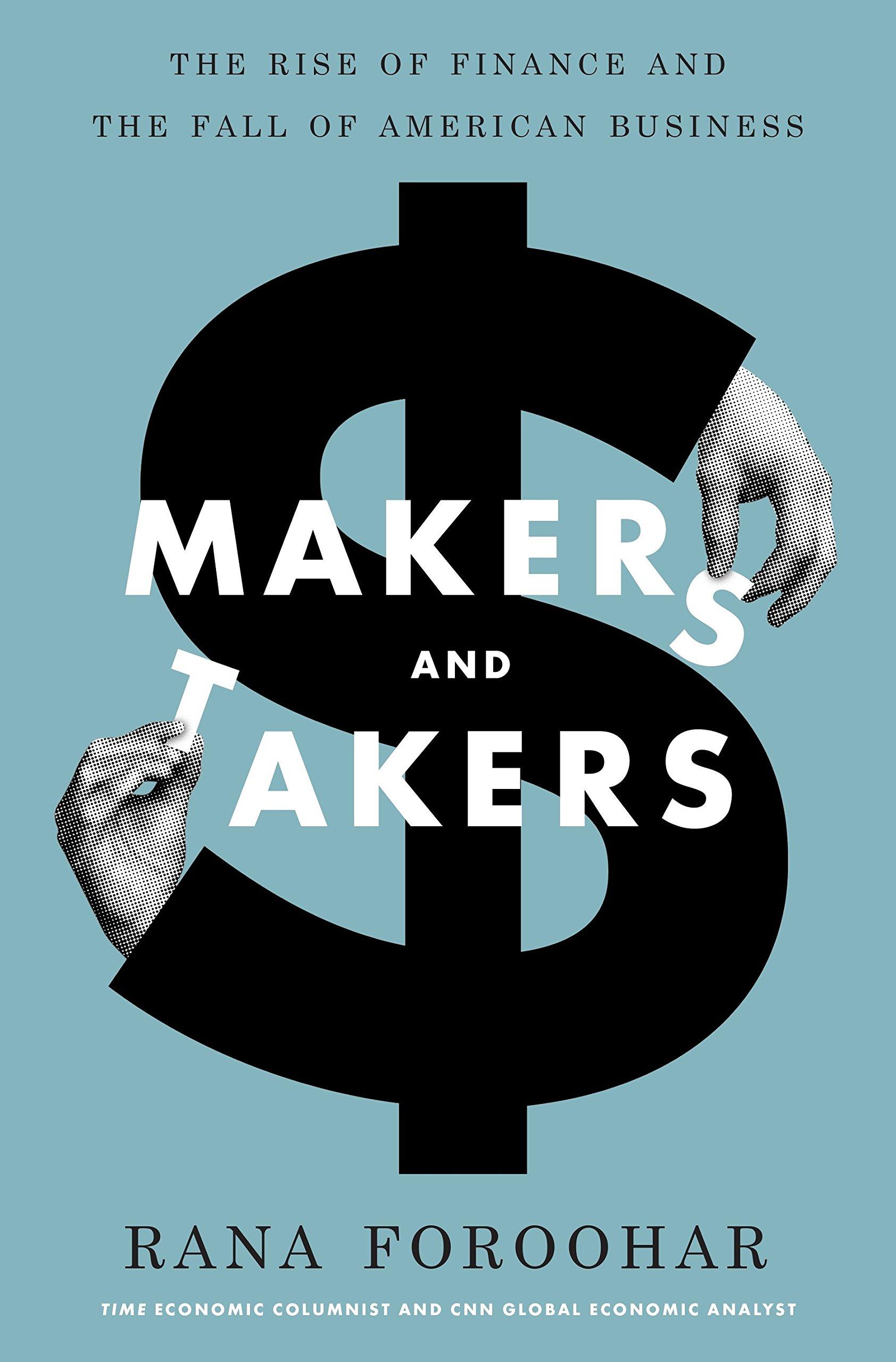Question
Suppose that there are 495 people living in a small community where a new virus has emerged. Researchers have developed a vaccine that protects against
Suppose that there are 495 people living in a small community where a new virus has emerged. Researchers have developed a vaccine that protects against the virus, and the marginal private benefit of vaccines, measured in $ per vaccine dose, is given by
MPB = 29.7 - 0.06Q
where Q is the number of people who get vaccinated. When no one is vaccinated (i.e., when Q = 0 ), the marginal private benefit of getting vaccinated is large because the disease is prevalent and you run a high risk of catching it. As more of the community is vaccinated, those private benefits get smaller because the disease is less prevalent and your risk of catching the disease is lower. In fact, the marginal private benefit of vaccinations is 0 when everyone is vaccinated (i.e., when Q = 495).
Vaccines can be purchased at a constant marginal cost of $15 per dose.
Vaccines are an example of a positive externality. When you get a vaccine, you gain some protection from the disease that is reflected in your marginal private benefit. But your vaccination also contributes to herd immunity and reduces the likelihood that other people will contract the disease. Suppose that the marginal external benefit in this community of 495 people is four times larger than the marginal private benefit and given by
MEB = 118.8 - 0.24Q
a. Suggest a Pigouvian subsidy (measured in $ per vaccine) that could correct the externality problem. How many people would get vaccinated if your subsidy is implemented? How large is deadweight loss if your subsidy is implemented?
b. As an alternative to the subsidy in part b, suppose that the government requires that insurers pay for vaccines with no out-of-pocket cost to the individual. (For simplicity, assume that everyone in this community has health insurance.) How many people would get vaccinated under this regulation?
c. Suppose that people are ill informed about the benefits of vaccinations. People believe (and therefore make decisions based on) an incorrect assumption that the private benefits of vaccinations are only a third as large as they truly are. In other words, people make decisions as if MPB = 9.9 - 0.02Q even though MPB = 29.7 - 0.06Q in reality. How many people get vaccinated under the Pigouvian subsidy that you proposed in part a? How many people get vaccinated under the insurance coverage mandate from part b?
Step by Step Solution
There are 3 Steps involved in it
Step: 1

Get Instant Access to Expert-Tailored Solutions
See step-by-step solutions with expert insights and AI powered tools for academic success
Step: 2

Step: 3

Ace Your Homework with AI
Get the answers you need in no time with our AI-driven, step-by-step assistance
Get Started


